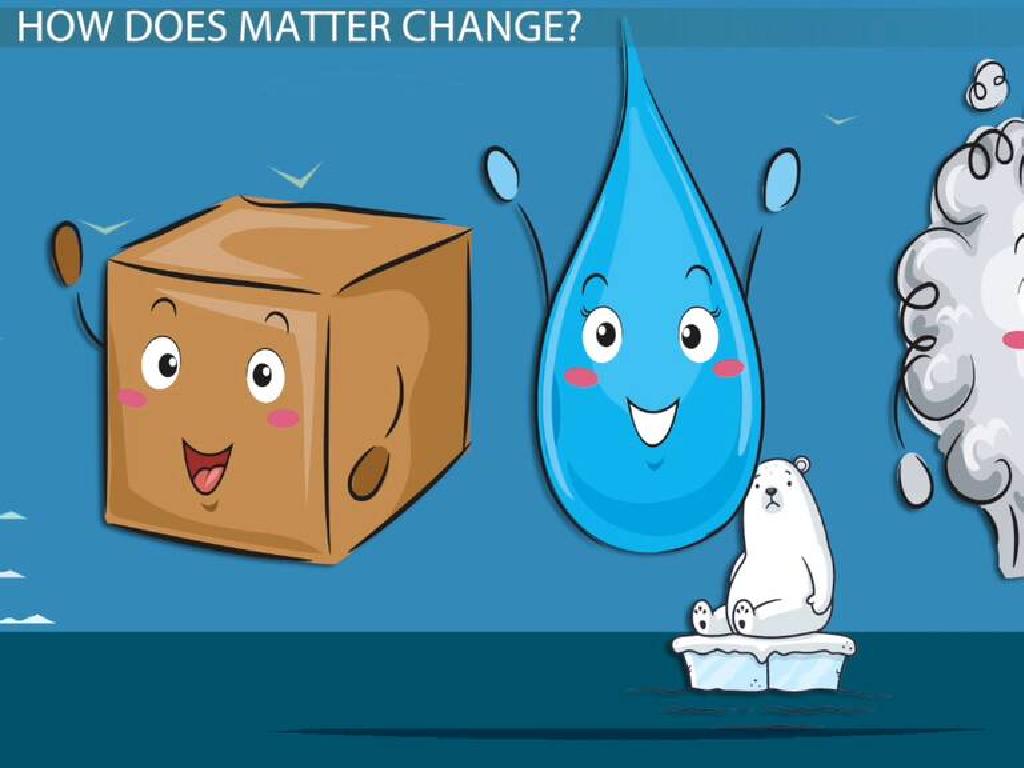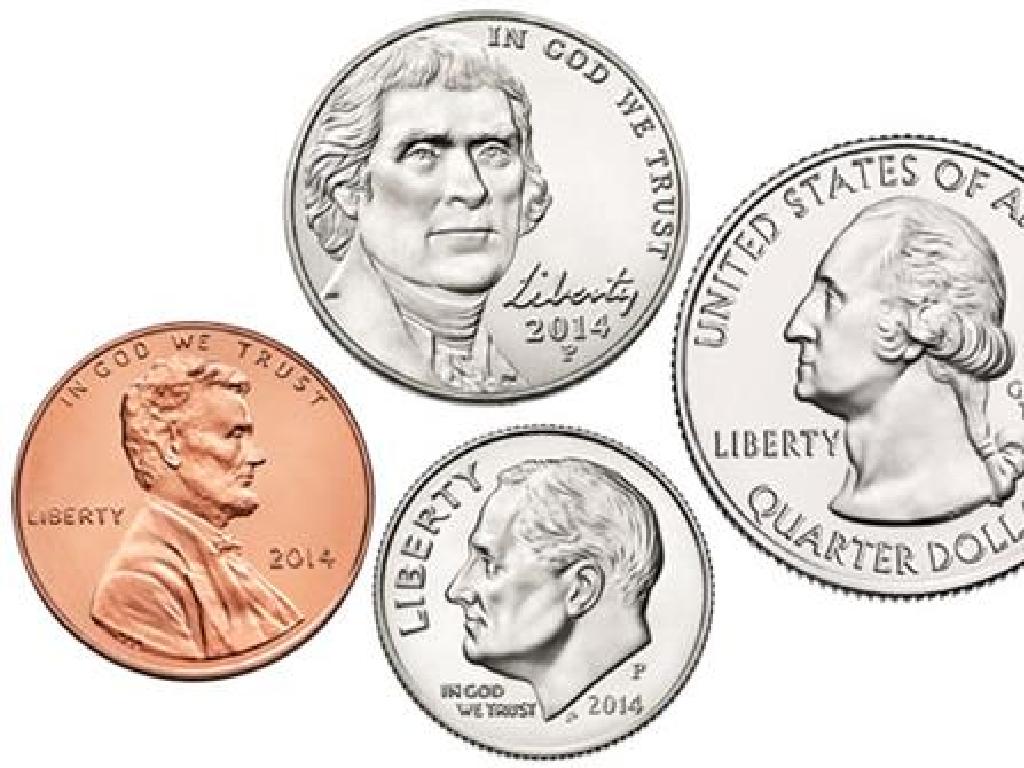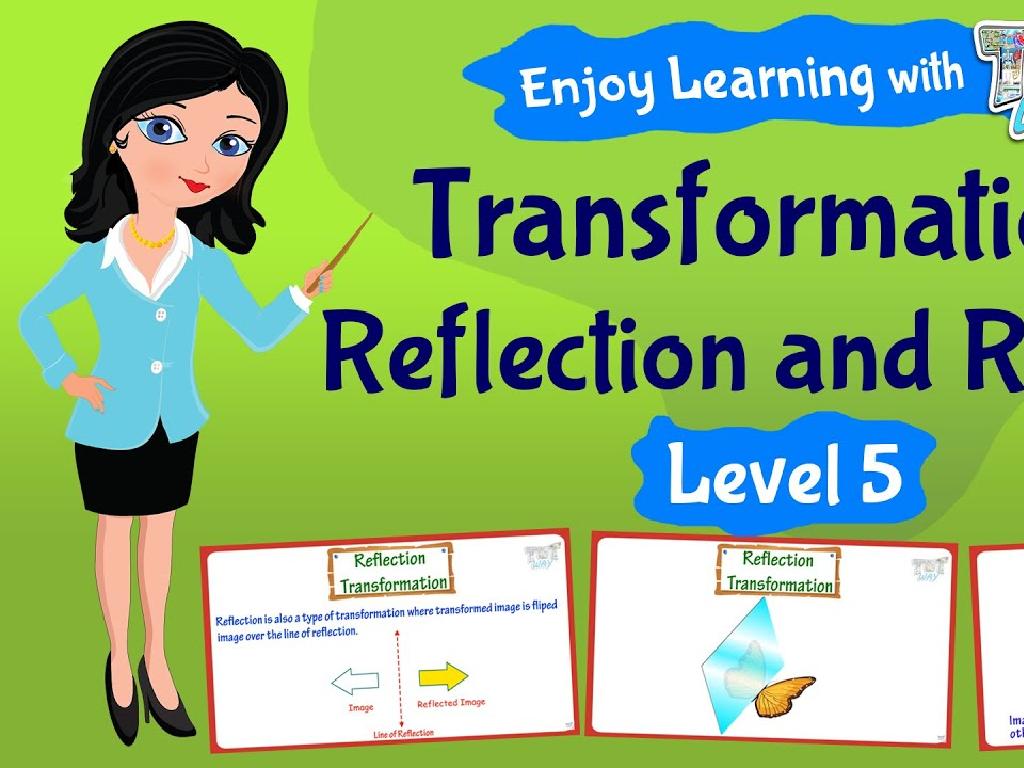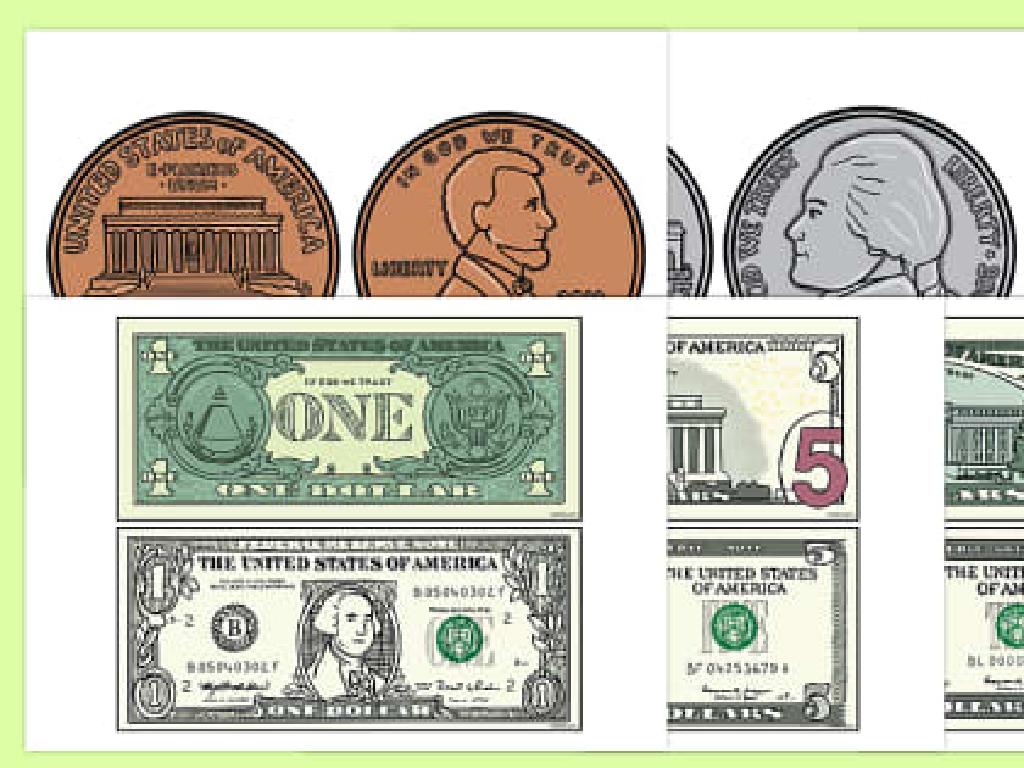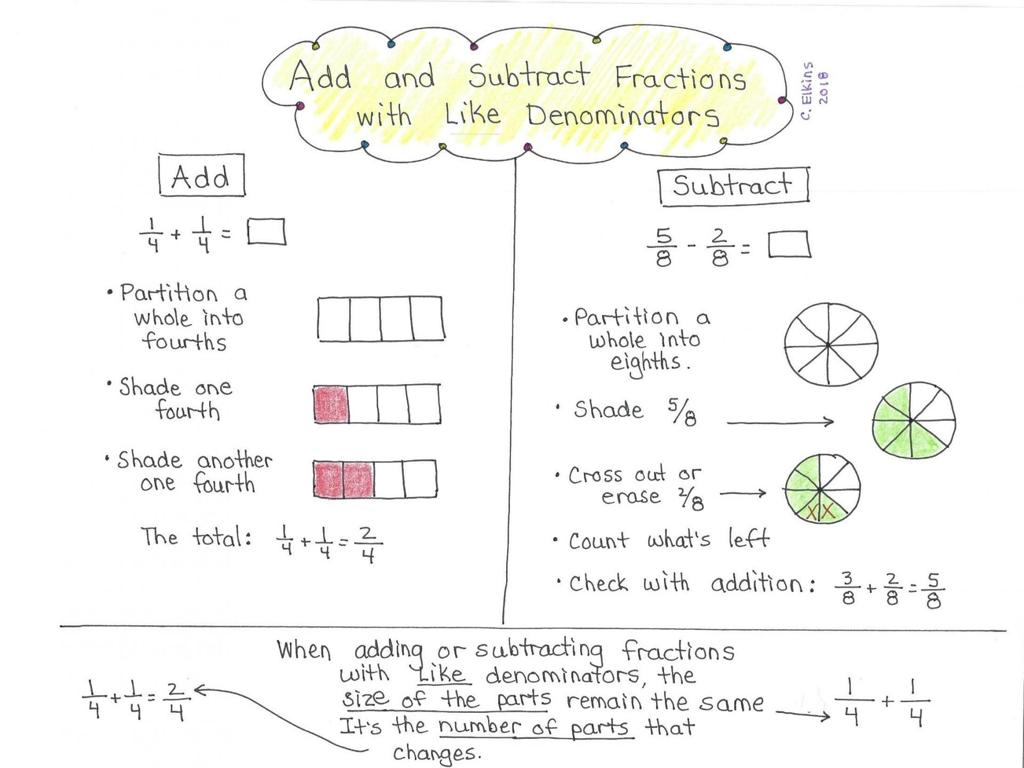Use Hyphens In Compound Adjectives
Subject: Language arts
Grade: Seventh grade
Topic: Dashes, Hyphens, And Ellipses
Please LOG IN to download the presentation. Access is available to registered users only.
View More Content
Mastering Punctuation: Hyphens in Compound Adjectives
– Punctuation marks guide reading
– Hyphens connect words in adjectives
– Hyphens turn two words into one descriptor, e.g., ‘well-known artist’
– Compound adjectives modify nouns
– Like ‘blue-eyed cat’ where ‘blue-eyed’ describes the cat
– Practice with examples
– ‘A fast-paced game’ shows a game that moves quickly
|
This slide introduces the concept of punctuation and its role in clarity and meaning within language arts. Emphasize the importance of punctuation in guiding readers through the text. Focus on hyphens and their specific use in compound adjectives, which are two or more words that come together to modify a noun. Provide clear examples to illustrate how hyphens combine words to form a single descriptive unit. Encourage students to think of additional examples and to practice identifying and using compound adjectives in sentences. This will help them understand how punctuation can change the meaning of a sentence and improve their writing skills.
Understanding Hyphens in Compound Adjectives
– Define a hyphen
– A small line (-) that connects words to make a single idea
– Hyphen vs. dash
– Unlike a dash, a hyphen is shorter and joins words or parts of words
– Usage in compound adjectives
– Hyphens combine words to describe something, like ‘well-known artist’
– Practice with examples
– ‘Blue-green algae’ or ‘full-time job’ show hyphens creating compound adjectives
|
This slide introduces the concept of hyphens and their specific use in compound adjectives. Begin by defining a hyphen and distinguishing it from a dash, emphasizing its size and function. Explain that in compound adjectives, hyphens link words together to modify nouns, providing clarity and avoiding ambiguity. Provide clear examples and encourage students to come up with their own, reinforcing the lesson with practice. This will help students understand how to use hyphens correctly in their writing, improving their grammar skills.
Mastering Compound Adjectives
– Compound adjectives modify nouns
– Two or more words combined to describe a noun, e.g., ‘part-time job’
– Describe qualities or characteristics
– They tell us about specific qualities, like ‘long-term plan’
– Example: ‘well-known artist’
– ‘Well-known’ tells us the artist is widely recognized
– Use hyphens to connect words
– Hyphens join words to make them work as one adjective, like ‘high-speed’
|
This slide introduces the concept of compound adjectives, which are essential for providing clear and specific descriptions in writing. Emphasize the role of hyphens in linking words to form a single descriptive unit. Use examples that are relevant and understandable for seventh graders, such as ‘well-known artist’ or ‘high-speed chase’, to illustrate how compound adjectives enhance the detail in a sentence. Encourage students to think of other examples and explain why the hyphen is necessary. Discuss how without the hyphen, the meaning of the sentence could change or become unclear.
The Power of Hyphens in Compound Adjectives
– Hyphens link words to clarify meaning
– They show which words are connected, like in ‘high-speed chase’
– Prevent misreading sentences
– Compare ‘small business owner’ with ‘small-business owner’
– Hyphens can alter meaning
– ‘Man eating chicken’ vs ‘man-eating chicken’ shows different scenarios
– Importance of precise communication
|
This slide emphasizes the importance of using hyphens in compound adjectives to ensure clarity and prevent ambiguity in writing. Hyphens serve as a critical tool for linking words together to form a single adjective that describes a noun, which can significantly change the meaning of a sentence. For example, without a hyphen, ‘a man eating chicken’ suggests a man is eating chicken, but with a hyphen, ‘a man-eating chicken’ implies a chicken that eats men. Highlight the necessity of precise communication and encourage students to practice creating sentences with and without hyphens to see the difference in meaning.
Mastering Hyphens in Compound Adjectives
– Hyphenate before the noun
– Use a hyphen in ‘well-known artist’ but not in ‘artist is well known’.
– No hyphen after the noun
– ‘The artist is well known’ doesn t need a hyphen.
– Avoid hyphens with ‘-ly’ adverbs
– ‘A quickly moving stream’ doesn t need a hyphen.
– Practice with examples
– Try creating sentences using compound adjectives.
|
This slide aims to clarify the rules for using hyphens in compound adjectives for seventh-grade students. Emphasize that hyphens are used when two or more words come together to form an adjective that precedes a noun, such as ‘well-known artist’. However, if the compound adjective follows the noun, no hyphen is used, as in ‘the artist is well known’. Additionally, compound adjectives that include an adverb ending in ‘-ly’ should not be hyphenated, for example, ‘a quickly moving stream’. Encourage students to practice by writing sentences that use compound adjectives both before and after the noun, and with ‘-ly’ adverbs, to reinforce their understanding. Provide examples and create interactive activities to help them apply these rules.
Let’s Practice: Hyphenating Compound Adjectives
– Identify compound adjectives
– Correct usage in sentences
– ‘fast running back’ example
– Corrected: ‘fast-running back’
– ‘beautifully designed dress’ example
– No hyphen needed here
|
This slide is an interactive class activity focused on the use of hyphens in compound adjectives. Students will practice identifying when to use hyphens by examining example sentences. The first example shows a compound adjective that should be hyphenated to become ‘fast-running back,’ as it describes the back who is fast-running. The second example is a trickier one, as ‘beautifully designed’ does not require a hyphen because ‘beautifully’ is an adverb ending in -ly, which signals that no hyphen is needed. Encourage students to explain why they think a hyphen is or isn’t needed in each case. Provide additional examples if time allows, such as ‘well-known author’ or ‘high-speed chase,’ and discuss as a class.
Class Activity: Crafting Sentences with Hyphenated Compound Adjectives
– Pair up and write 5 sentences
– Use hyphenated compound adjectives
– Compound adjectives describe a noun and are linked with a hyphen, e.g., ‘well-known artist’
– Be creative with your examples
– Prepare to share with the class
|
This activity is designed to help students practice using hyphens in compound adjectives. By working in pairs, they can collaborate and come up with creative sentences. Encourage them to think outside the box and use descriptive and imaginative compound adjectives. After writing their sentences, each pair will have the opportunity to share their examples with the class, fostering a collaborative learning environment. As they share, discuss why the hyphen is necessary and how it changes the meaning of the sentence. Possible activities for different pairs could include creating sentences based on pictures, using vocabulary words from a recent lesson, or coming up with sentences that could fit into a story they are currently reading.
Homework: Hyphens in Compound Adjectives
– Review today’s lesson on hyphens
– Find compound adjectives in reading
– Look in books or articles for adjectives like ‘well-known artist’
– Record examples and hyphenation
– Write down each example, noting the hyphen
– Reflect on correct usage
– Think about why the hyphen is used there
|
Students will reinforce their understanding of hyphens in compound adjectives by identifying real-world examples. Encourage them to explore different types of reading materials to find a variety of examples. They should note whether the hyphens were used correctly, fostering critical thinking about language and its rules. In the next class, discuss the examples they found, why they think the hyphen was used, and if it was used correctly. This will help them grasp the practical application of the rules they’ve learned.

